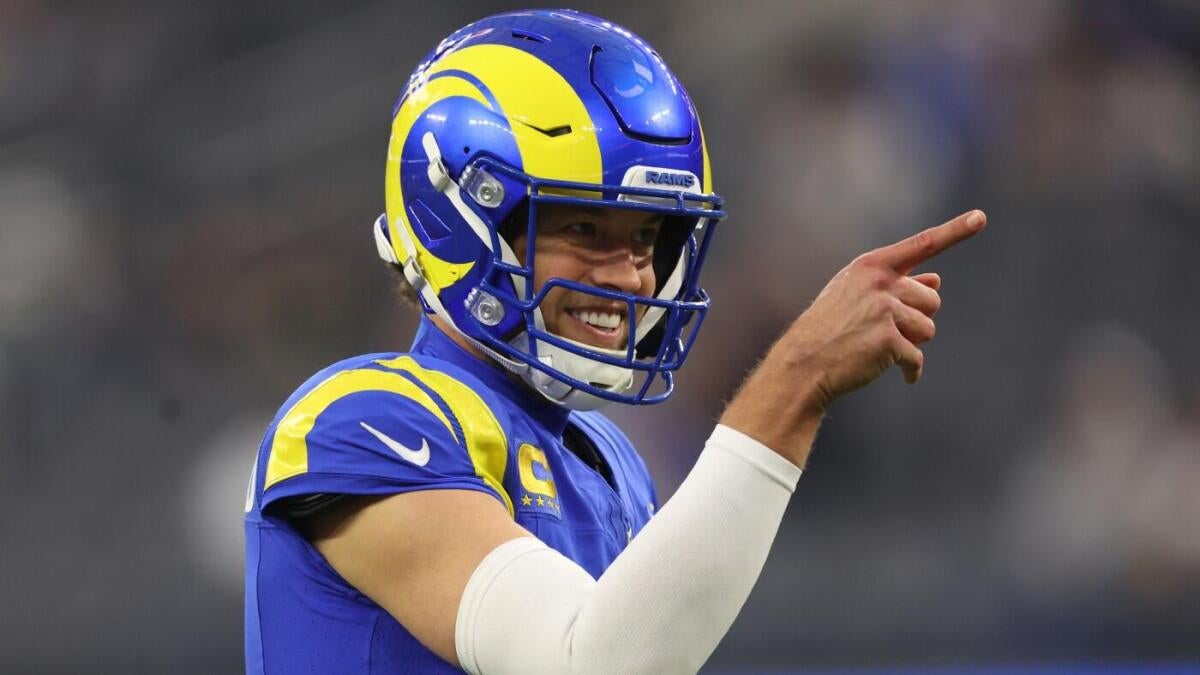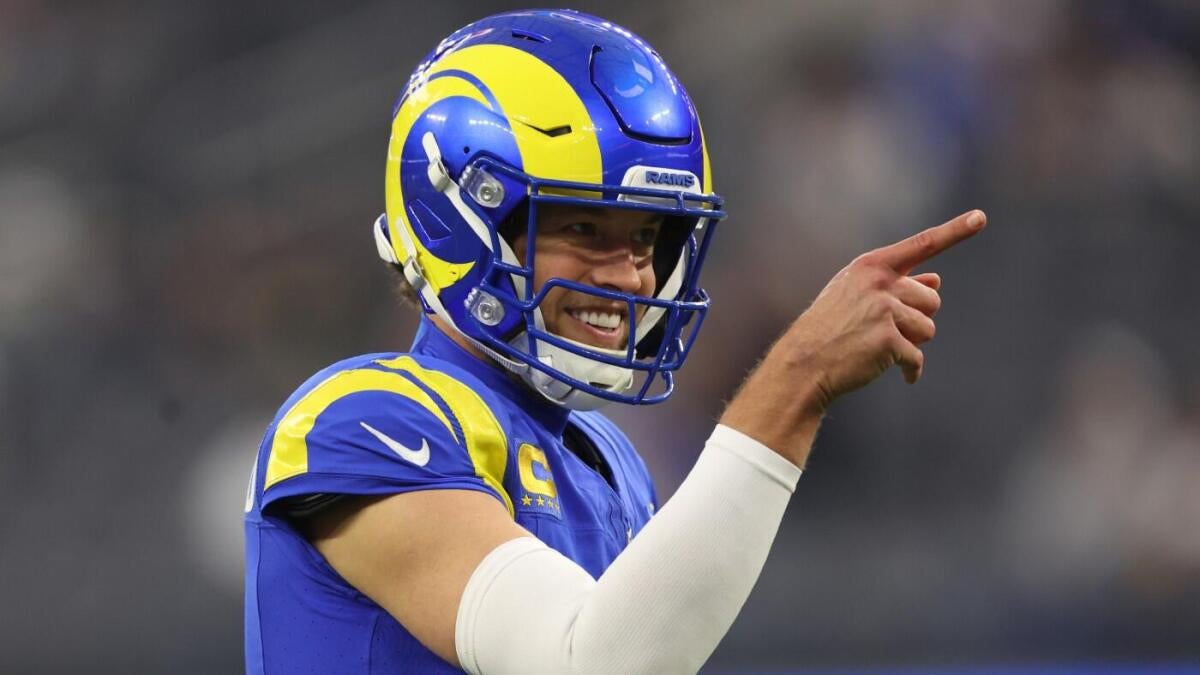The Evolving Landscape of NFL Quarterback Earnings
The NFL’s quarterback position has always been a focal point, both on and off the field. Recently, the financial aspect has taken center stage, with Aaron Rodgers and Matthew Stafford leading the charge towards an unprecedented $400 million in career earnings. This pursuit is not just about personal wealth; it reflects the broader evolution of player compensation in the NFL.
The Rise of Quarterback Wealth
The NFL’s Collective Bargaining Agreements (CBAs) have significantly shaped the financial landscape for players. Historically, rookies like Stafford could negotiate substantial contracts early in their careers, a perk that has since diminished. This early financial advantage, coupled with the escalating salary cap, has allowed veteran quarterbacks with proven track records to command massive deals.
The value placed on quarterbacks is evident in the inflated salaries across the league. The discussion of a $40 million contract for an interior lineman illustrates this trend. Quarterbacks, consistently the highest-paid players on their teams, have seen their earning potential skyrocket. Rodgers, Stafford, Tom Brady, Russell Wilson, and Matt Ryan are the only players to exceed $300 million in career earnings, underscoring the premium placed on the position.
Stafford’s Ascendancy
Matthew Stafford’s journey to the top of the earnings chart is a testament to his talent and strategic contract negotiations. As of recent reports, Stafford has surpassed Rodgers with career earnings of $391.3 million. A contract restructuring with the Los Angeles Rams solidified his position, adding to a career built on consistent performance and longevity.
Stafford’s success is not just about his on-field prowess but also about capitalizing on opportunities presented by the CBA. His four-year, $160 million deal in 2017 was a significant milestone, and his Super Bowl victory with the Rams added championship credibility to his financial resume. Stafford’s decision to leave $20 million on the table to remain with the Rams demonstrates his commitment to the team and confidence in his continued earning potential.
Rodgers’ Pursuit and Strategic Moves
Aaron Rodgers, with $380.6 million in career earnings, has been a consistent contender in this financial race. His career with the Green Bay Packers was marked by high performance and substantial contracts, including a four-year, $200 million extension. However, his trade to the New York Jets and subsequent injury introduced a new chapter.
Rodgers’ recent move to the Pittsburgh Steelers on a one-year, $13.6 million deal represents a strategic shift. This contract provides immediate income but also suggests a willingness to prioritize competitive opportunity over short-term earnings. Rodgers’ reported willingness to play for as little as $10 million indicates a focus on proving himself and setting up a more lucrative deal in the future.
The $400 Million Milestone and Its Significance
The pursuit of the $400 million mark is more than just a statistical achievement; it symbolizes the evolving financial landscape of the NFL. Both Rodgers and Stafford are within striking distance, and their future contract negotiations will be closely watched. Stafford is projected to exceed $408 million in career earnings after 2025, solidifying his place in NFL history.
The dynamic between the two quarterbacks is fascinating, with a sense of a “race” to reach the milestone. The Rams’ decision to retain Stafford, even amidst potential trade rumors, demonstrates their commitment to his earning potential. This earnings race is not just about individual success but also about setting new benchmarks for player compensation.
Broader Implications for the NFL
This earnings race has broader implications for the NFL. It impacts the negotiation strategies of other quarterbacks and sets a new benchmark for player compensation. Players like Kirk Cousins, with $321.6 million in career earnings, are also approaching the $300 million threshold, demonstrating the increasing financial rewards available to top-tier quarterbacks.
The situation also highlights the importance of contract structure and team loyalty. Stafford’s ability to secure long-term deals and his willingness to restructure contracts have been crucial to his financial success. Rodgers’ recent moves suggest a willingness to adapt his approach to maximize both competitive opportunity and long-term earning potential.
A Legacy Defined by More Than Money
While the financial aspect of their careers is significant, it’s important to remember that Rodgers and Stafford’s legacies will ultimately be defined by their on-field accomplishments. Stafford’s Super Bowl victory has already cemented his place in NFL history, while Rodgers continues to chase his second championship.
The pursuit of the $400 million milestone is a compelling subplot in their careers, but it’s the pursuit of championships and the impact they have on the game that will truly define their legacies. The story of Rodgers and Stafford is a testament to the rewards available to elite quarterbacks in the modern NFL, a league where talent, longevity, and shrewd negotiation can lead to unprecedented financial success.
The Future of Quarterback Earnings
As the NFL continues to evolve, so too will the financial landscape for quarterbacks. The pursuit of the $400 million mark by Rodgers and Stafford is just the beginning. Future generations of quarterbacks will look to their example, seeking to capitalize on the opportunities presented by the CBA and the league’s financial growth.
The story of Rodgers and Stafford is one of talent, strategy, and the relentless pursuit of excellence. It is a story that will continue to unfold, shaping the future of the NFL and the financial rewards available to its players. As the league evolves, so too will the narratives of its stars, each seeking to leave their mark on the game and its history. The pursuit of the $400 million milestone is a testament to the changing times, a symbol of the evolving relationship between players and the league they play for. It is a story that will continue to captivate fans and shape the future of the NFL.












